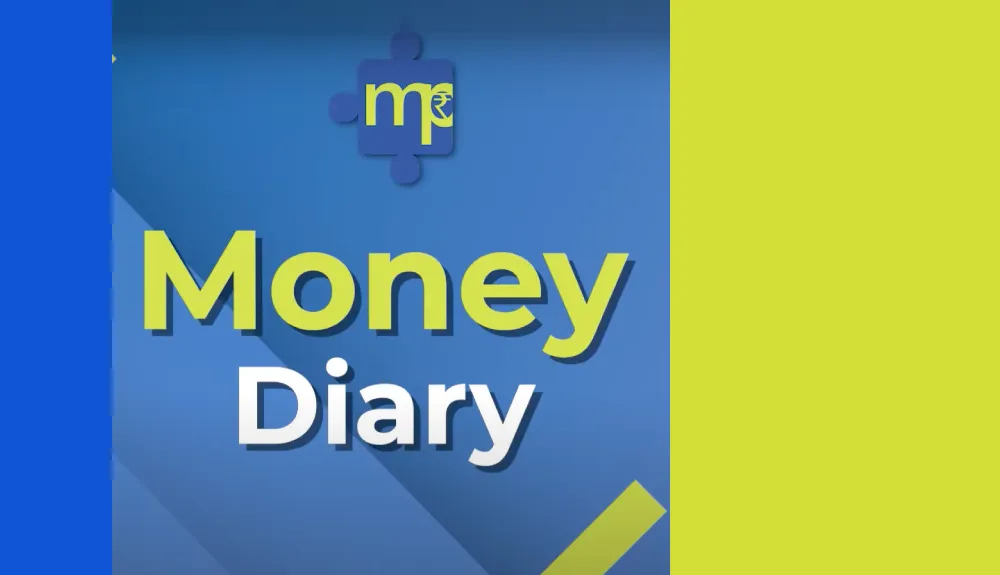More often than not, the decision around where to invest rests on the returns you get. Thinking only of return can blind you to the risk. In fact, before you consider how much return you will make, it’s better to consider the risk you are taking.
Risk comes in different forms. Firstly, there is the risk of losing capital, which can often accompany promises and guarantees of very high returns. This risk is also present in unregulated investments and when the investmentAn investment is made to give you a return. You make an investment if you use your money to buy either physical assets like property or financial assets like bonds and equity with an aim to receive income or gains... More is not made in your name.
The second type of risk is volatility. This is the risk that is seen in market-linked investments like mutual funds and listed stocks and bonds. Volatility means that the daily value or price of the investmentAn investment is made to give you a return. You make an investment if you use your money to buy either physical assets like property or financial assets like bonds and equity with an aim to receive income or gains... More will move up and down based on both internal factors and external market-related factors. Some amount of daily volatility is acceptable in long term investments which you will hold for many years.
In the third place, we should discuss inflationInflation is a common term thrown around in economics lessons and by politicians around election time. What it means in simple language is that prices of things you buy, stuff, keeps increasing every year. It happens because the economy in... More risk. This risk shows up when you invest in a security where the return is lower than the yearly inflationInflation is a common term thrown around in economics lessons and by politicians around election time. What it means in simple language is that prices of things you buy, stuff, keeps increasing every year. It happens because the economy in... More or price rise in the economy. InflationInflation is a common term thrown around in economics lessons and by politicians around election time. What it means in simple language is that prices of things you buy, stuff, keeps increasing every year. It happens because the economy in... More reduces the value of money and if your return is lower than inflationInflation is a common term thrown around in economics lessons and by politicians around election time. What it means in simple language is that prices of things you buy, stuff, keeps increasing every year. It happens because the economy in... More, you are not growing your savings. Rather they are losing value.
Fourth, we must talk about default risk. This is the risk that you can potentially lose interest payouts and may not even get your capital back from an investmentAn investment is made to give you a return. You make an investment if you use your money to buy either physical assets like property or financial assets like bonds and equity with an aim to receive income or gains... More made in a corporate bond or NCD. When companies are unable to generate cash to pay their bondholders, they default and the investor loses out.
Lastly, there is liquidity risk. This risk means that you are unable to sell your investmentAn investment is made to give you a return. You make an investment if you use your money to buy either physical assets like property or financial assets like bonds and equity with an aim to receive income or gains... More when you want to and at the price, you want to. This risk is seen in listed stocks of smaller sized companies and low-quality corporate bonds. It is also very common in real estate investments, where sales can happen at distress value in the absence of a ready buyer. Investing without knowing the risk involved might mislead the return expectation you have from an investmentAn investment is made to give you a return. You make an investment if you use your money to buy either physical assets like property or financial assets like bonds and equity with an aim to receive income or gains... More or asset. Be sure to first check the risk and then determine whether the return is suitable or not and whether that investmentAn investment is made to give you a return. You make an investment if you use your money to buy either physical assets like property or financial assets like bonds and equity with an aim to receive income or gains... More is worth your while or not.
Also read:
-
How to reach financial freedom

What does it mean when you say that you’re working towards financial freedom? Freedom from what? This term is overused and highly misunderstood. Financial freedom sounds like you must accumulate a certain sum of money to attain some sort of monetary nirvana early in life and then you will be free. It’s the two words…
-
Money Diary – What should you do when markets correct?

Hugely inspired and slightly borrowed from Rick Kahler, MS, CFP, CFT-I, CeFT, CCIM and his The Financial Therapy Podcast. This video is for Indian investors who are confused about what to do in today’s volatile market conditions and how to make use of the correction. Four Easy Steps to follow for clarity on what you…
-
What is the best tax-saving investment? − Money Essentials #10

When choosing where to invest for saving tax, why not also think of the most efficient investmentAn investment is made to give you a return. You make an investment if you use your money to buy either physical assets like property or financial assets like bonds and equity with an aim to receive income or gains... More considering the balance of both risk and return. There are several tax-saving investments like public provident fund (PPF), unit-linked insurance plans (ULIPs), national pension scheme (NPS), national savings certificate (NSC), equity-linked savings scheme (ELSS), long term fixed deposits,…

